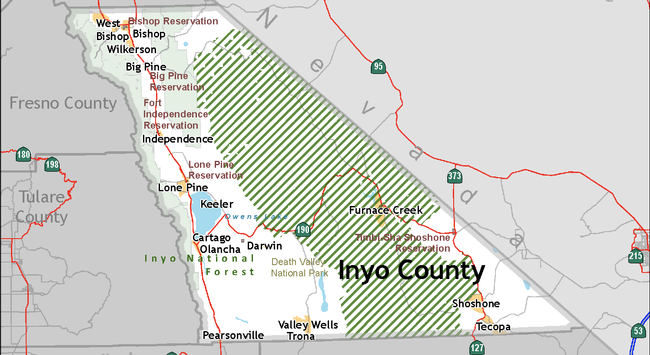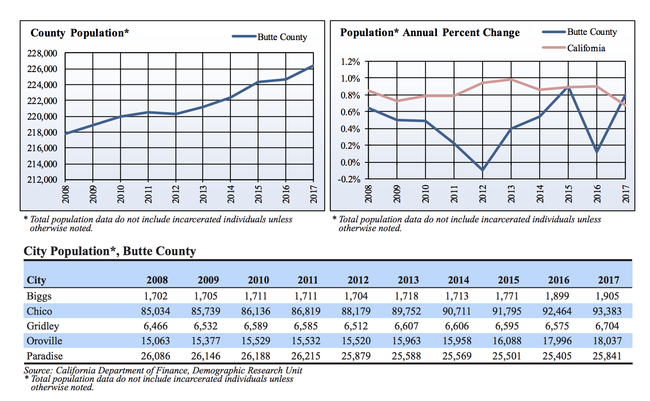Datasets help define stakeholder needs and significance of research, education and extension
Community-based demographic, environmental, economic, social and health data can help us better understand the 40 million people we serve.
"Whether you are drafting technical reports or applying for grant funding, you may find datasets useful to define stakeholder need and significance of research, education and extension impacts when communicating with potential partners, sponsors and advocates," said Vanity Campbell, proposal development coordinator in Contracts & Grants.
Rural County Representatives of California recently released Rural County Representatives of California, Economic and Demographic Profiles. These data sources provide demographic, environmental, economic, social and industry data by county.
County-level profiles can also inform decisions on how best to develop programs and initiatives that benefit farmers and ranchers, strengthen regional food systems and protect natural resources.
Campbell provided the following as a few more examples of county-level profile datasets that may support your efforts as UC ANR academics and programmatic staff:
Data on school performance, test results, school staffing, graduation and dropout rates.
Economic, social and demographic data at the state and county level.
Data for selected health indicators and California's leading causes of death.
County profiles designed to provide data on the health and environment (community, home and school) of California mothers, babies, children and teens.
Data on CalFresh eligibility demographics, food insecurity rates and nutrition.
Profile data including age, race/ethnicity, sex, household type and relationship, housing occupancy, and social and economic data, such as income, poverty and labor force.
A variety of health and environmental data.
Data on county-level poverty rates and food insecurity.
Demographic and community health data to support planning healthy communities and evaluating the impact of plans, projects, policy and environmental changes on community health.
Managed by U.S. General Services Administration, Technology Transformation Service, datasets provide access to agriculture, climate, consumer, ecosystem, education, energy, finance, health and local government data.
Data on economy, education, housing, health and safety, diversity for a specific city, metro area or county location.
Commodity and industry data by county and region.
County-level data for life expectancy, mortality rates, obesity prevalence and recommended physical activity levels.



Posted by Karen Giovannini on March 4, 2019 at 12:09 PM